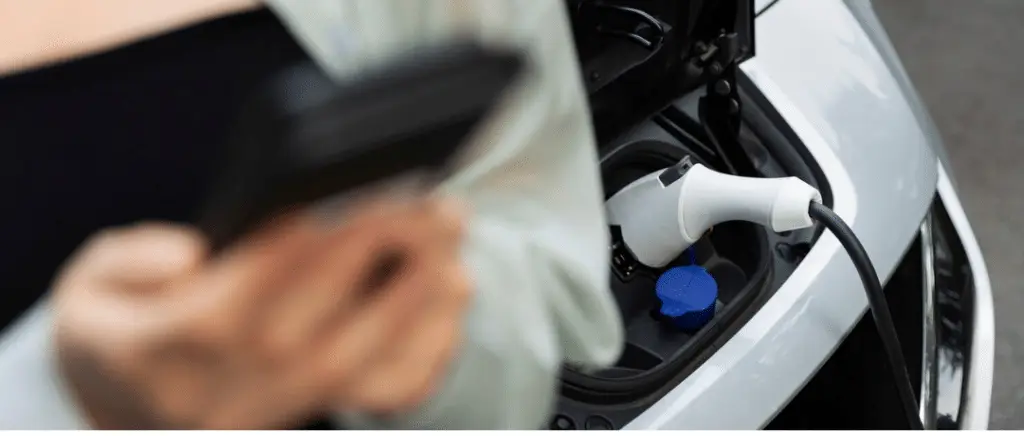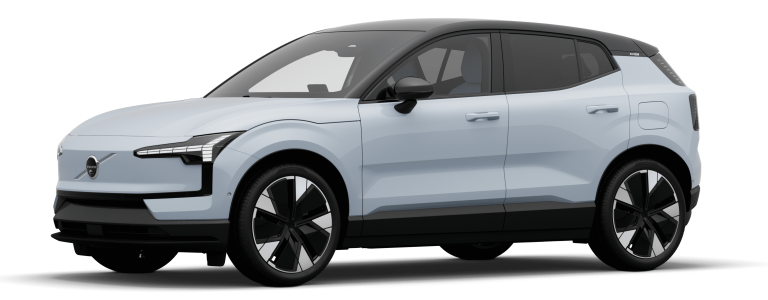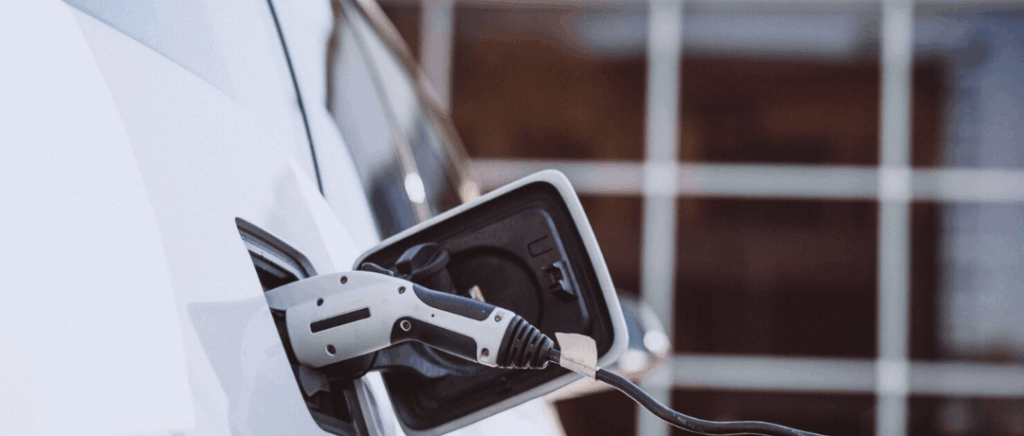Flat-rate reimbursement of home recharging costs
Flat-rate reimbursement terms
Flat-rate reimbursement involves allocating a fixed amount to employees to cover the cost of recharging their electric vehicles at home. This approach is advantageous because it avoids the need to collect and check receipts for each charge made. Instead, the employer sets a monthly or annual amount that is paid to employees.
The amount of the flat-rate reimbursement is generally based on an estimate of the average cost of recharging. For example, some companies offer a flat-rate reimbursement from €50 to €100 per monthbased on the number of kilometres travelled on business trips.
According to URSSAF, this reimbursement is exempt from social security contributions and income tax up to a certain ceiling. In 2024, the ceiling for the sustainable mobility package, including recharging costs, is set at 700 a year.
To set up a lump-sum reimbursement scheme, the employer must :
- assess the recharging needs of its employees,
- define a lump sum based on average recharging costs,
- clearly communicate the reimbursement policy to employees,
- include the reimbursement on employees' pay slips.
Advantages and disadvantages of flat-rate reimbursement
The flat-rate reimbursement of home recharging costs has both advantages and disadvantages that need to be taken into account.
| Aspect | Avantages | Inconvénients |
|---|---|---|
|
Administrative simplicity
|
Significant reduction in administrative tasks
|
Risk of discrepancy between the lump sum and the actual cost of recharging
|
|
Predictable costs
|
Enables employers to easily forecast expenditure
|
Perceived as unfair by employees whose recharging costs are higher than the flat-rate amount
|
|
Attractiveness for employees
|
Employees benefit from stable financial support without having to keep and submit supporting documents
|
Requires a precise initial assessment to establish the lump sum amount
|
|
Tax exemption
|
Exemption from social security contributions and income tax
|
Limited by legal ceilings
|
|
Flexibility
|
Adjustable according to the company's internal policies and changes in energy costs
|
Inaccurate valuations can lead to inappropriate amounts
|
Installation of on-site charging stations
Obligations and incentives for employers
Legal obligations
La Mobility Orientation Law (LOM), adopted in December 2019, requires businesses to comply with several obligations regarding electric vehicle charging infrastructure (IRVE). From January 2025, all businesses with car parks with more than 10 spaces must install charging points.
- New and renovated buildings : Companies with planning permission submitted after 11 March 2021 must equip at least 20 % parking spaces with charging points by 2025. One charging point must be accessible to people with reduced mobility (PRM).
- Existing buildings : Companies with car parks of more than 20 spaces must install one charging point for every 20 spaces. Pre-equipment obligations also apply to major renovations, defined as work costing more than 25 % of the building's value.
In addition, charging stations must be accessible and comply with specific standards in terms of electrical sizing and installation. This includes the installation of ducts, cable trays or conduits from the low-voltage main switchboard.
Financial incentives
A number of financial incentives are available to support companies in their efforts:
Le ADVENIR programme offers grants covering up to 50 % of the cost of acquiring and installing charging points, with specific ceilings depending on the type of beneficiary. For example:
- Companies with private parking : Subsidy of €1,660 per terminal for shared solutions.
- Fleets and employees : Grant of 50 % of the total cost, capped at €1,000 per recharging point.
Some local authorities offer regional aids. For example, the Grand Est region offers assistance covering 50 % of the cost of recharging points for establishments open to the public, up to a maximum of €1,000 per recharging point.
Costs and funding for the installation of charging points
The cost of installing charging points can vary depending on a number of factors, including the type of point, charging power, existing infrastructure and location. There are several aspects to consider.
The type and power of charging stations
Charging stations at alternating current (AC) with a power rating of 3.7 kW to 22 kW generally cost between €700 and €2,500 per unit, including installation. Direct current (DC) charging stations with outputs ranging from 50 kW to 350 kW are much more expensive, with prices ranging from €15,000 to €50,000.
Infrastructure works
The cost of wiring and infrastructure work to install the bollards can vary considerably depending on the distance between the low-voltage main switchboard (LVMS) and the location of the bollards. Costs can range from €500 to €5,000 per bollard, depending on the complexity of the work.
Note that if electrical upgrades are required, this can add a significant additional cost. Upgrading an existing electrical system to support charging points can cost between €5,000 and €20,000, depending on the size and current state of the infrastructure.
Financing options
Companies can choose financing options such as leasing or long-term hire (LLD) to spread costs over several years. These solutions often include maintenance contracts and management tools. A bank loan may also be a solution for financing the installation of the kiosks. The terms of the loan will depend on the company's financial situation and the nature of the project.
Also read → Guide: installing a home charging point
Comparison of models: flat-rate reimbursement vs. installation of terminals
Scale and mileage allowances
When employees use their personal vehicles for business travel, they may be entitled to mileage allowances. These allowances cover various costs associated with the use of the vehicle, including wear and tear, maintenance, tyres, insurance and fuel. For electric vehicles, a supplement of 20 % is applied to the standard scale of mileage allowances.
The 2024 mileage scale is structured according to the vehicle's tax rating (HP) and the number of kilometres travelled annually.
| Puissance fiscale (CV) | Jusqu'à 5 000 km | De 5 001 à 20 000 km | Au-delà de 20 000 km |
|---|---|---|---|
|
3 CV and less
|
d x 0.529
|
(d x 0.316) + 1,065
|
d x 0.370
|
|
4 CV
|
d x 0.606
|
(d x 0.340) + 1 330
|
d x 0.407
|
|
5 CV
|
d x 0.636
|
(d x 0.357) + 1,395
|
d x 0.427
|
|
6 CV
|
d x 0.665
|
(d x 0.374) + 1,457
|
d x 0.447
|
|
7 CV and more
|
d x 0.697
|
(d x 0.394) + 1,515
|
d x 0.470
|
For electric vehicles, a surcharge of 20 % should be applied to these scales. For example, for a 6 HP vehicle that has travelled 8,800 km for business purposes, the calculation would be as follows:
- Applicable scale: (8,800 x 0.374) + 1,457 = €4,743.20
- Electric vehicle supplement: €4,743.20 x 1.20 = €5,691.84.
The advantages of flat-rate reimbursement are simplify administration, make costs predictable and provide stable financial support for employees. On the other hand, it may not cover actual costs for some employees, requiring regular adjustments. For its part, the installation of recharging points offers a sustainable and practical solution, reducing the need to reimburse home recharging costs. However, its high initial cost means that subsidies and tax incentives are needed to reduce costs.
Also read → Kilometric scale: what allowances?
Benefits in kind and tax advantages
The benefits in kind associated with electric and plug-in hybrid vehicles enable companies to provide non-cash benefits to their employees, while benefiting from an advantageous tax framework :
- Electric vehicles benefit from a deduction of 50 % on the benefit in kind up to a maximum of €1,800 per year.
- When the employer finances the installation of a recharging point at the employee's home, this expenditure is excluded from the social security contributions base up to a limit of 50 % of the actual expenditure, with a ceiling of €1,000.
- If the terminal remains in the employee's home after the end of the contract, the costs are not included in social security contributions.
Businesses can claim a tax credit for the cost of installing charging points on their premises. This tax credit can cover up to 30 % of the installation costs.
Conclusion
Companies have to choose between flat-rate reimbursement of recharging costs and the installation of on-site charging points to encourage the use of electric vehicles. While each option has its advantages, the subsidies and tax incentives available make these investments more accessible. Adopting a considered approach will therefore enable companies to effectively promote sustainable mobility, while meeting the needs of their employees and optimising the resources available.
If you would like to find out more about the tax credit for in-car charging points 2024For more information, see our article on this subject.
Monday to Friday
9am - 12.30pm - 2pm - 7pm
































